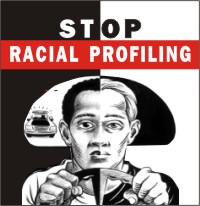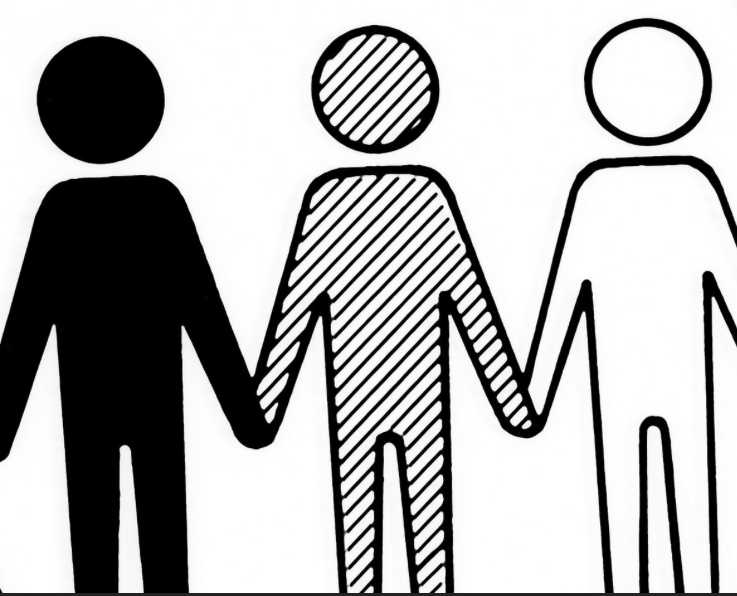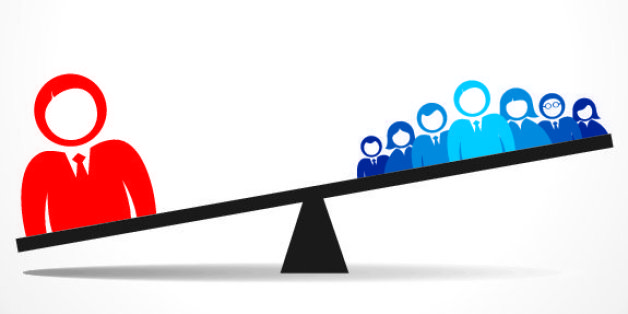The Effect of Sexual Objectification on Women’s Mental Health
Moriah Lahr
3/14/18
Annotated Bibliography: https://docs.google.com/document/d/1lJ6B8PTnw_vgVb6aBkCLC_DRJA1BjmPpT_-KwdDTSdg/edit
I want to focus on the topic of the effect of sexual objectification on women’s mental health. I experience sexual objectification daily. Whether it’s seeing a music video of half naked girls dancing around a guy or getting cat called on my own block. Both which can make me feel bad about myself. A goal I have in researching this topic is to be educated on the different types of sexual objectification and the different health issues it can cause. I want to help make a change by getting women’s different point of views and stories of being objectified and getting the word out there to people who can’t see that it’s a problem.
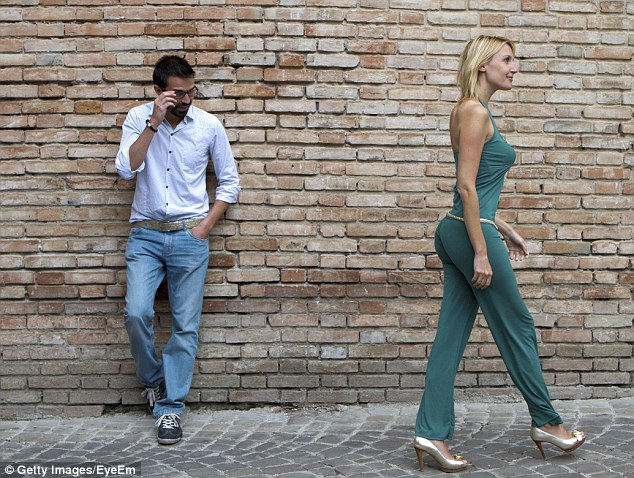
http://www.dailymail.co.uk/femail/article-3673099/Man-confesses-checking-mediocre-women-Reddit-good-deed.html
This woman is shown walking past a man while he looks back at her curves. What this photo actually came from was a website that had a married man saying he checks out mediocre women to “compliment them” as if we enjoy being gaped at.
I am interested in this topic because as a woman in this culture, I have been objectified many times in many different ways. This topic matters to me because I have many friends who have been cat called or checked out etc. and I know first hand how scary it feels to me and my friends. When I’m out with my friends, we have to talk about what if a guy comes up to us and starts checking us out and saying creepy things to us. We came to a conclusion that if that happens, we’ll just say we’re a couple. I think it’s truly sad that girls at a young age are so scared to just walk outside because we get looked at and taunted. Some men even think checking out girls are a compliment when it really makes us feel worse about ourselves. “We are not outside for your benefit. We do not look in the mirror every morning hoping this outfit will get a guy to silently follow us down the street for five minutes after saying, “God bless you mami… Damn.””

http://www.eatthedamncake.com/2010/06/14/getting-checked-out-by-guys-with-wives/
This woman is being showed in the camera view in an angle that only shows her body and shows two guys looking at her body. This shows how much women’s bodies are sexualized and lusted over. It’s showing her body as if she doesn’t have a face or a personality.
In the research I found, I learned that sexual objectification comes in many forms such as catcalling, getting checked out, sexual assault, rape, pornography, television, etc. These things can cause not only men to look at women as objects but cause women to look at themselves as objects and make them want to look a certain way to fit into the cultures view of a “perfect body”. This causes mental health issues such as body dysmorphia, eating disorders, depression, anxiety, etc. It is important for people to know about this and be aware of it because some men are raised to think it’s okay to objectify and they just don’t know any better. Knowing the research behind it might really change the way we are looked at and the way we look at ourselves. The details in my research that can educate readers is what the different types of objectification there are because some people might not even be able to realize it when they see it or do it.
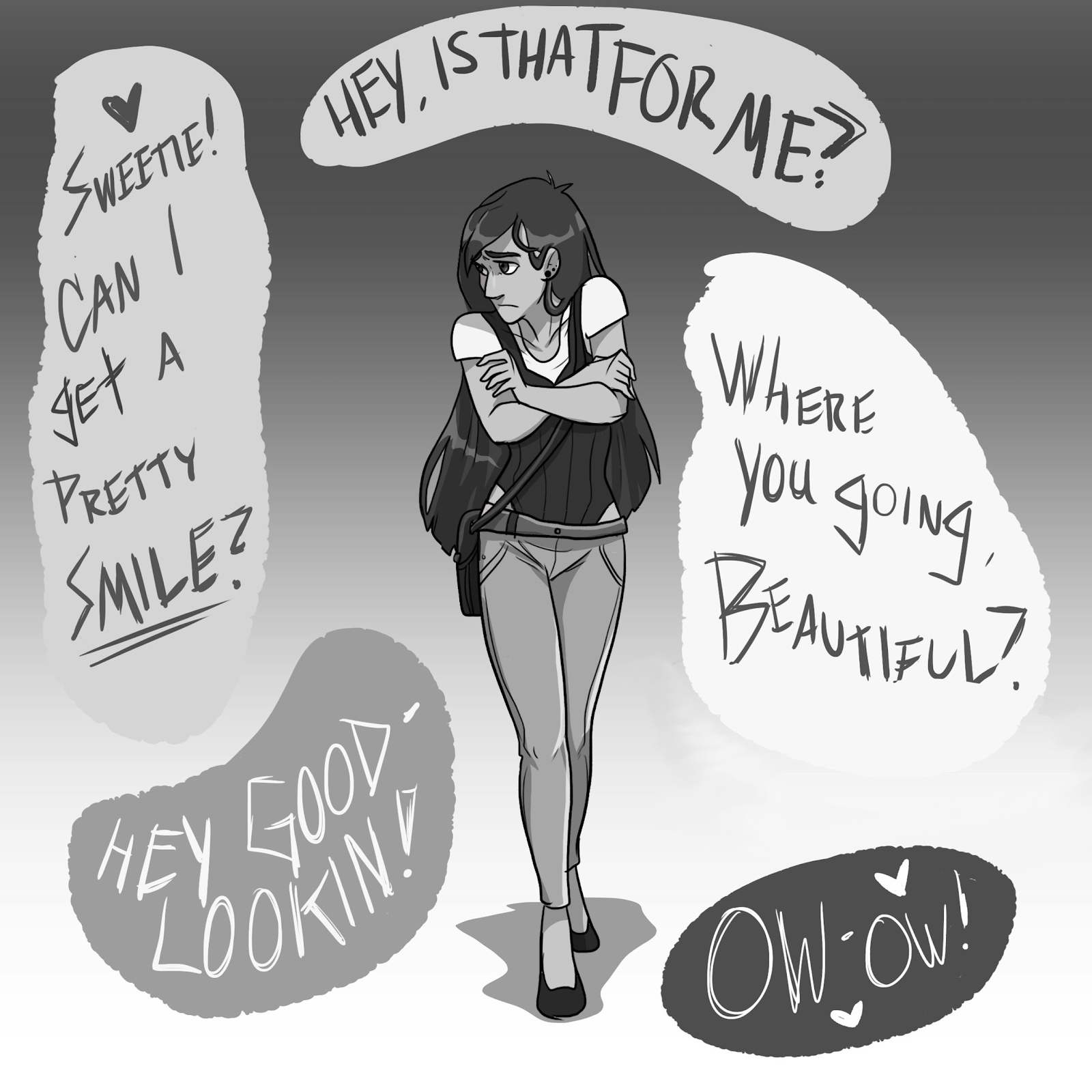
http://websterjournal.com/2014/12/01/catcalls-arent-compliments/
This photo shows a woman that is covering up and looking insecure as people are cat-calling her all around. This happens on a daily basis to women. Mens calls make us feel insecure like all we are is a body.
My research so far has impacted my understanding of sexual objectification because I never really focused on looking at the mental health side of things and how it affects people. Now I can see better why me and some of my friends have the self image issues that we have. I’m objectified on a daily basis so I feel like this is a personal topic that I have actual experience to backup my claims with.
effects on well-being
“The present research suggests that stranger harassment (i.e., experiencing unwanted sexual attention from strangers in public) is a frequent experience for young adult women, and that it has negative implications for their well-being. First, stranger harassment was positively related to self-objectification. This was true for women who coped with stranger harassment using common strategies (passive, self-blame, or benign), but not for women who used an uncommon, active coping strategy (e.g., confronting the harasser). Second, stranger harassment experiences and self-objectification were positively related to women's fear of and perceived risk of rape. Further, women who feared rape were more likely to restrict their freedom of movement. In concert, the findings suggest that stranger harassment may have both direct and indirect negative effects on women's lives, and that it is a phenomenon worthy of future research. “
Women perceive themselves as objects
“girls and women are typically acculturated to internalize an observer's perspective as a primary view of their physical selves. This perspective on self can lead to habitual body monitoring, which, in turn, can increase women's opportunities for shame and anxiety, reduce opportunities for peak motivational states, and diminish awareness of internal bodily states.”
This says that women see themselves the way other people view them and if they are viewed like objects that’s how we’ll see ourselves as.
Graph of psychological consequences
 \
\
This image shows what sexual objectification can lead to. It’s like a domino affect where once one thing happens there’s a trail of bad things happening after it.


I gathered surveys from 3 different female SLA students. Some new information i found is that ⅔ of them were around my age and ⅓ was an older teen. I learned that people experience similar things such as getting cat called and feeling extremely uncomfortable. One girl said that being cat called is one of the most terrifying experiences she has, I can relate to his because for me it also sparks a lot of anxiety when I’m being sexually objectified.
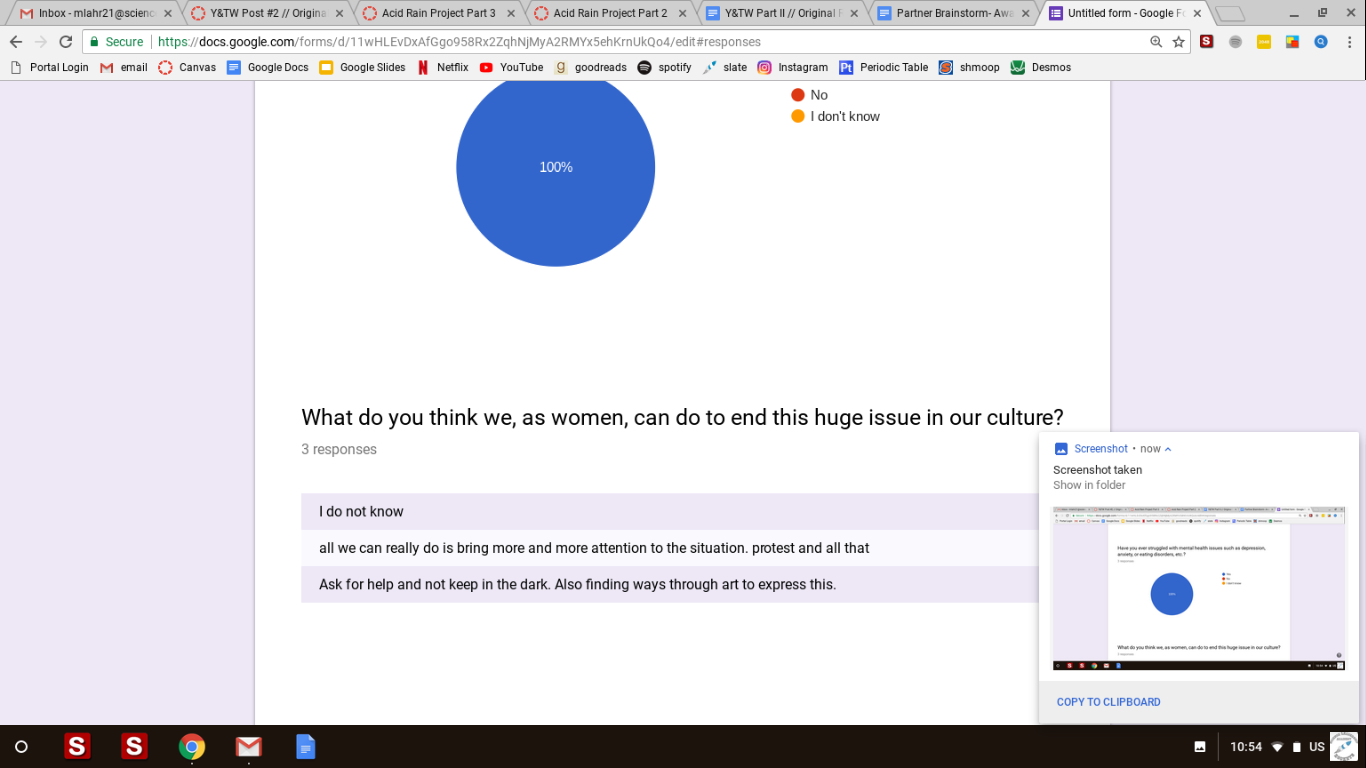
Also, 100% of the people who answered the survey say that they deal w mental health issues. This proves my point that sexual objectification affects the mental health of females. I asked them what they think we can do to end this issue, and the main response was to just bring awareness and show people this is what’s happening to you and how it makes you feel as a woman.

